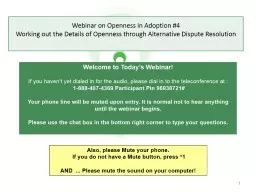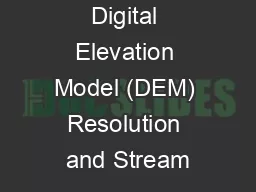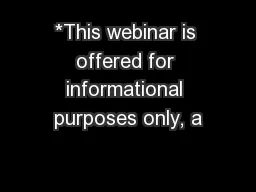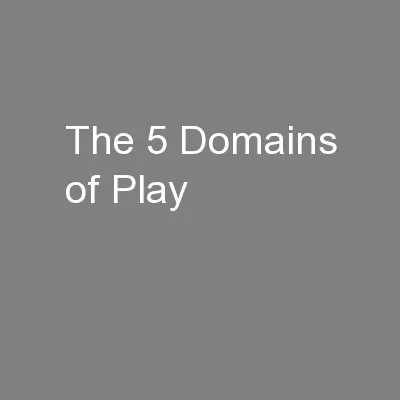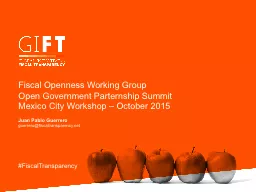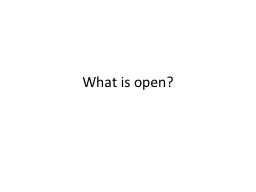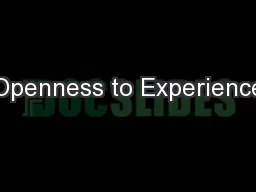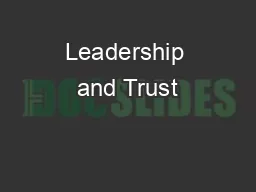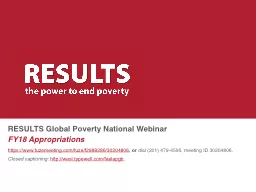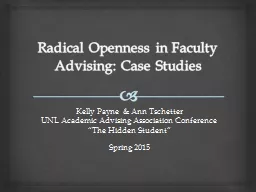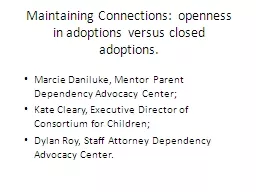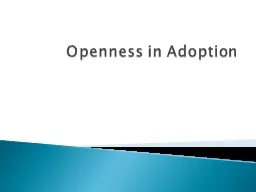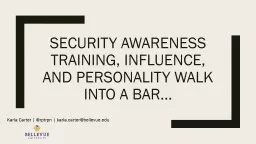PPT-Webinar on Openness
Author : stefany-barnette | Published Date : 2019-11-29
Webinar on Openness in Adoption 4 Working out the Details of Openness through Alternative Dispute Resolution Welcome to Todays Webinar If you havent yet dialed
Presentation Embed Code
Download Presentation
Download Presentation The PPT/PDF document "Webinar on Openness" is the property of its rightful owner. Permission is granted to download and print the materials on this website for personal, non-commercial use only, and to display it on your personal computer provided you do not modify the materials and that you retain all copyright notices contained in the materials. By downloading content from our website, you accept the terms of this agreement.
Webinar on Openness: Transcript
Download Rules Of Document
"Webinar on Openness"The content belongs to its owner. You may download and print it for personal use, without modification, and keep all copyright notices. By downloading, you agree to these terms.
Related Documents

